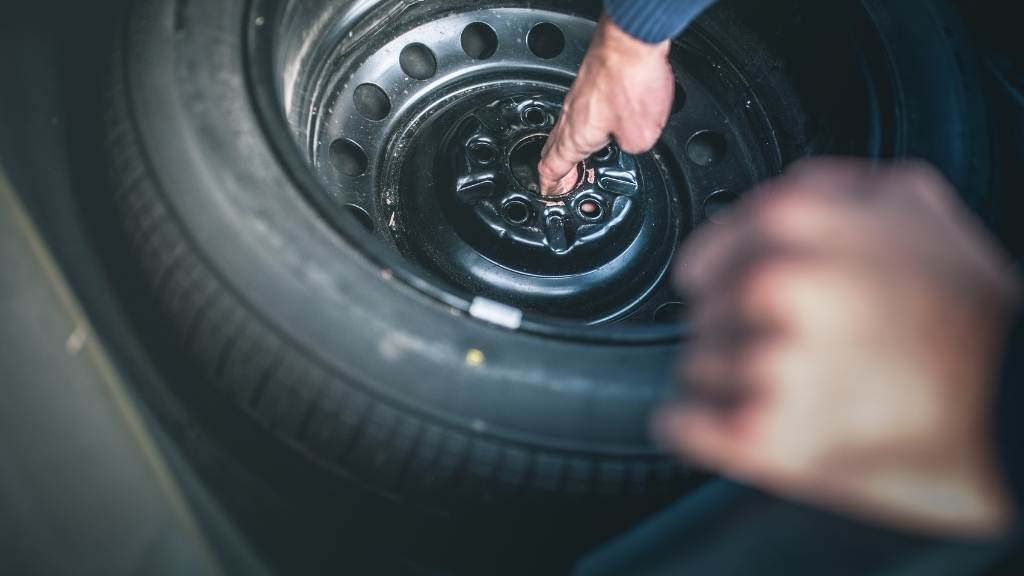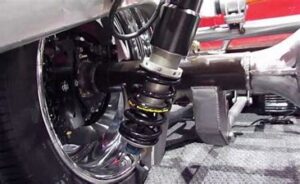Have you ever wondered why the spare tire appears to be puffier than the other ones? There is a valid rationale behind that, so it’s not an error. To keep you secure and ready for emergencies, spare tires feature greater PSI ratings (pounds per square inch). Consider yourself traveling along and one of your regular tires suddenly fails. Your spare tire will come to your aid at that point. But here’s the thing: spare tires live most of their lives idling in the trunk of your vehicle.
They are filled up with more air to ensure that they will be available when you need them. This added pressure enables them to maintain their rigidity and dependability even after extended inactivity. In this article, we’ll learn why do spare tires have higher PSI, Along with we’ll explore how they keep you moving when problems on the road arise. Stay Hooked! for more important insights into the topic.
Table of Contents
Understanding PSI In A Car
The air pressure in your car’s tires is expressed in “pounds per square inch,” or PSI. Consider your tires to be large, inflated balloons that carry your vehicle. PSI informs us of the volume of air inside these balloons. It’s important to maintain the proper air pressure because it influences how well your automobile operates and keeps you safe while driving.
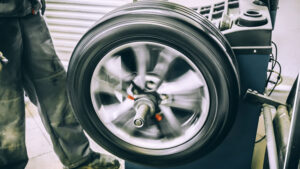
Low PSI tire pressure can make your tires feel soft, decrease fuel efficiency, and make your automobile more difficult to control. In contrast, if they are overinflated (with a high PSI), they could feel overly stiff and impair your car’s traction on the road, which would make it less stable.
You can typically find the recommended PSI range for your tires in your car’s owner’s manual or on a label inside the driver’s door. Maintaining your tire pressure within this advised range is crucial for your safety and the smooth operation of your vehicle.
Why Do Spare Tires Have Higher PSI In A Car?
Have you ever noticed how much firmer your car’s spare tires feel compared to the others? The reason for this is that extra tires have greater PSIs, or “pounds per square inch.” It represents the amount of air pressure in your tires. Why do spare tires have higher PSI? Read on.
1. Preserving Items While Storing:
The bulk of spare tires live out their life in a car’s trunk. They are inflated to a greater PSI to account for progressive air loss over time in order to guarantee that they continue to be functional when needed. In an emergency, this helps prevent flat or underinflated spare tires.
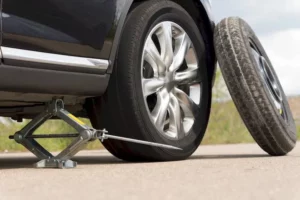
2. Compatibility:
A variety of cars are designed to fit spare tires. They can accept diverse vehicle sizes and weights more successfully by being inflated to a higher PSI. Due to its flexibility, the spare tire can securely sustain the weight of your car even if it is bigger or heavier than your regular tires.
3. Emergency Response:
The purpose of spare tires is to transport you safely to a repair shop; they are not intended for long-term use. In an emergency, the higher PSI gives your vehicle more stability and load bearing capabilities. Driving on a spare tire helps maintain good handling and averts potential mishaps.
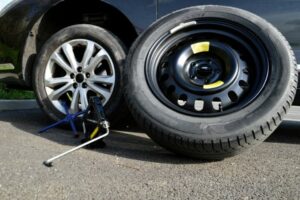
Therefore, these are some reasons behind your spare tires having higher PSI in a car. Don’t panic! we’ll see some easy solutions to fix the problems. However, continue reading this comprehensive guide.
What Causes The Difference In PSI?
There are several significant factors that contribute to the PSI (pounds per square inch) difference between a car’s standard tires and spare tires.
1. Design And Materials:
Regular tires are designed for daily driving with a focus on comfort and traction. To provide a smoother ride, they feature a softer construction. Spare tires, on the other hand, are made to be more rigid and straightforward. They are more stable in emergencies and are able to tolerate higher PSI thanks to their toughness.
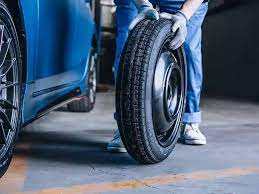
2. Conditions For Storage:
The majority of spare tires sit in the trunk of your vehicle for a long time before being used. Due to temperature fluctuations or simply by sitting, air might gradually seep out of the tires over time. The spare tire is inflated to a greater PSI to account for this air loss, ensuring that it won’t go flat when you need it most.
3. Emergency Use:
Spare tires are not designed for everyday, routine driving. They act as a sort of fallback strategy in the event of a flat tire. Because it helps your automobile bear the added load while you’re driving on a spare, they have higher PSI. In an emergency, it keeps your car more stable so you can go to a shop safely.
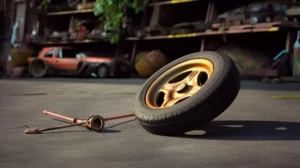
Therefore, spare tires are constructed differently, are intended for sporadic usage in emergency situations, and are designed to remain ready even after spending a lot of time in the trunk of your car. As a result, spare tires have greater PSI. In this manner, they can assist you in the event of a flat tire and maintain your safety while driving.
Solutions And Best Practices To Solve This Issue
After looking at the reasons why do spare tires have higher PSI, let’s talk about some crucial fixes and recommended practices to guarantee your safety and the durability of your spare tire:
1. Consistently Inspect Your Spare Tire:
When performing normal tire maintenance, keep in mind your spare tire. periodically check its PSI, especially before lengthy trips. Verify that it falls within the advised range.
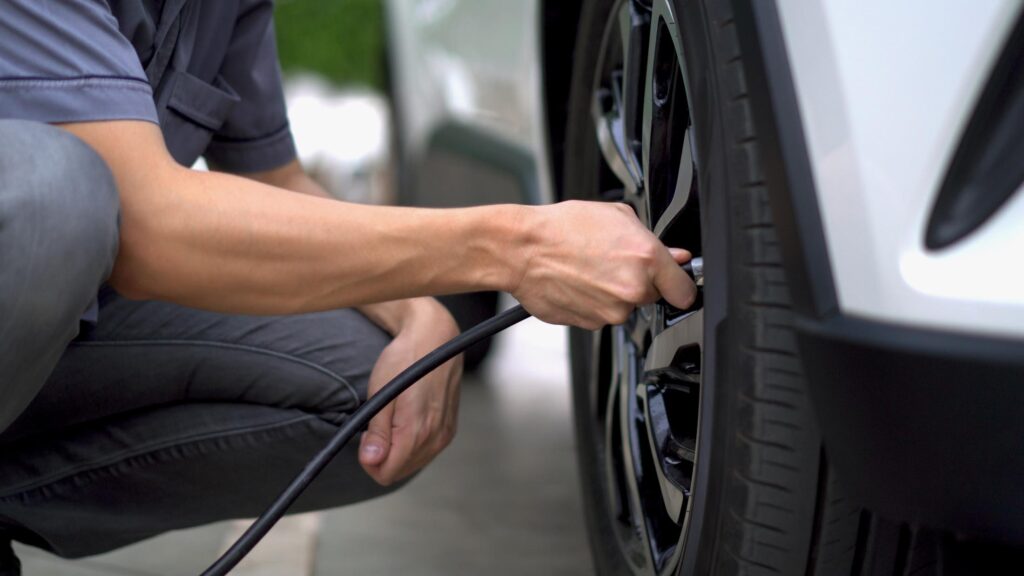
2. Recognize The Recommended PSI For Your Vehicle:
Learn the PSI range that is suggested for both your regular tires and spare tires. You can find this information on the driver’s side door frame or in the owner’s manual for your car.
3. When Necessary, Properly Inflate Your Spare:
Make sure to pump your spare tire to the correct PSI before you get on the road if you ever need to use it. You can get the right pressure by using a portable air compressor or going to a local gas station.

4. If Necessary, Replace Your Spare:
Even when not in use, spare tires can degrade over time and have a finite lifespan. Check the age and condition of your spare, and if it’s worn out or broken, think about replacing it to be sure it will work when you need it most.
5. Be Careful When Using A Spare Tire:
Keep in mind that spare tires are not designed for prolonged or high-speed use. When utilizing a spare tire, drive steadily and steer clear of rapid curves and manoeuvres.
Conclusion:
Therefore, now that you know why do spare tires have higher PSI. It guarantees their longevity while being stored, their compatibility with different cars, and their ability to handle emergencies. It is essential for your safety on the road that you comprehend the causes of this increased pressure.
You may make sure that your spare tire continues to be a dependable fallback in the event of a flat tire or other emergency scenarios by adhering to the solutions and best practices suggested in this article. To guarantee that your spare tire is ready to go when you need it, regular maintenance and adequate inflation are essential. So, keep these suggestions in mind to stay secure and ready for any unforeseen roadblocks.
